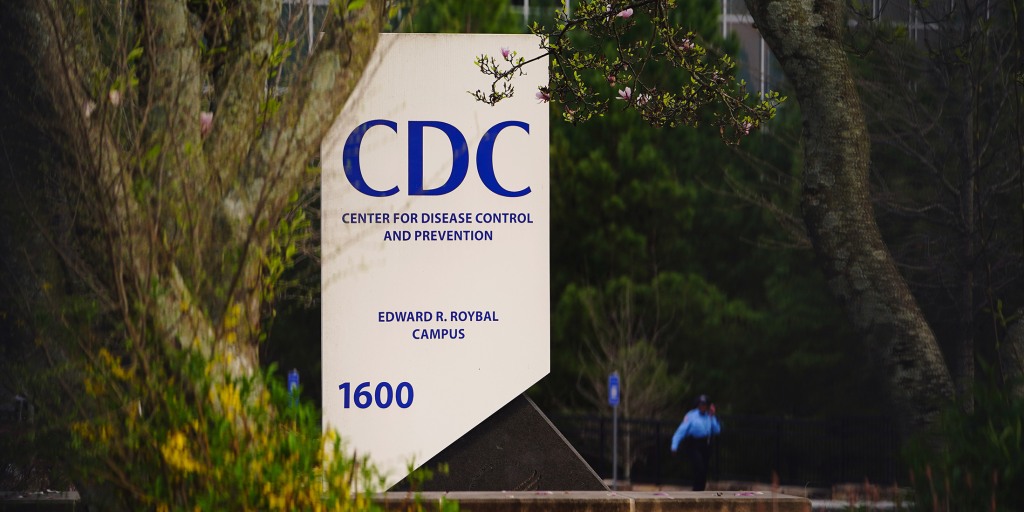Breaking: Health Agency Communication Partially Lifted, Majority Remain Silenced

In an unusual pause that has caught the attention of public health experts, the Centers for Disease Control and Prevention (CDC) has not published its widely-referenced Weekly Morbidity and Mortality Report (MMWR) since January 16th. The MMWR, a critical source of timely public health information and research, has been conspicuously absent from its regular publication schedule.
This unexpected interruption raises questions about potential internal challenges or systemic issues within the agency. The MMWR is typically a crucial resource for healthcare professionals, researchers, and policymakers who rely on its comprehensive weekly updates on disease trends, health statistics, and emerging public health insights.
While the exact reason for the publication delay remains unclear, the absence of these important weekly reports has created a noticeable gap in the continuous flow of public health information that professionals and the public have come to expect from the CDC.
Health experts and researchers are eagerly awaiting the resumption of these vital weekly reports, which play a significant role in tracking and understanding current health trends and potential emerging health risks.

